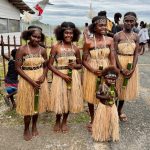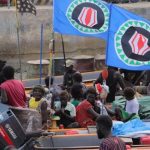You do not stumble across the Aeta. You go looking for them. Up the spine of Luzon through ash and jungle past wrecked trucks and army checkpoints is where you start to see them. The hair is coiled the skin is darker than most Filipinos the eyes sharper. These are not your average islanders. These are the Aeta.
Sometimes called Filipino pygmies which is inaccurate and mostly unhelpful the Aeta are believed to be the original inhabitants of the Philippines. They were here long before the Spanish the Americans and the Tagalog. They live in the mountains in forests in places the modern world still struggles to reach. You want to meet them you better know where to go and who to talk to.
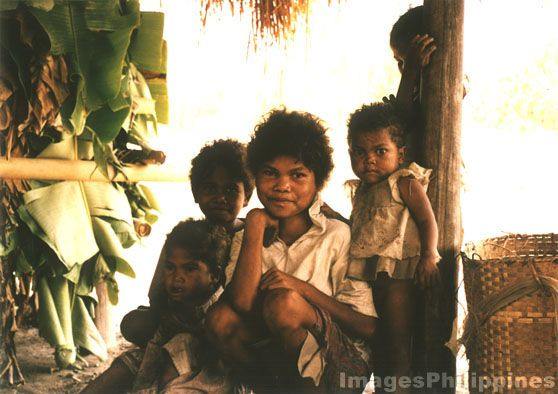
Who Are the Aeta
The Aeta are part of the Negrito peoples of Southeast Asia. Despite appearances they are not African nor are they descended from slaves or lost explorers. They are the result of one of the oldest human migrations out of Africa tens of thousands of years ago. They were here before the islands even had names and they adapted.
Short stature tough feet fast reflexes and a deep connection to the forest. Their tools are simple their language shifts from village to village and their culture is built on mobility and survival. For centuries they hunted with bows and spears moved with the seasons and stayed ahead of trouble. The lowlanders came and pushed them up the hills. The Spanish came and ignored them. The Americans came and put a base on their doorstep.
What the Aeta did was survive.
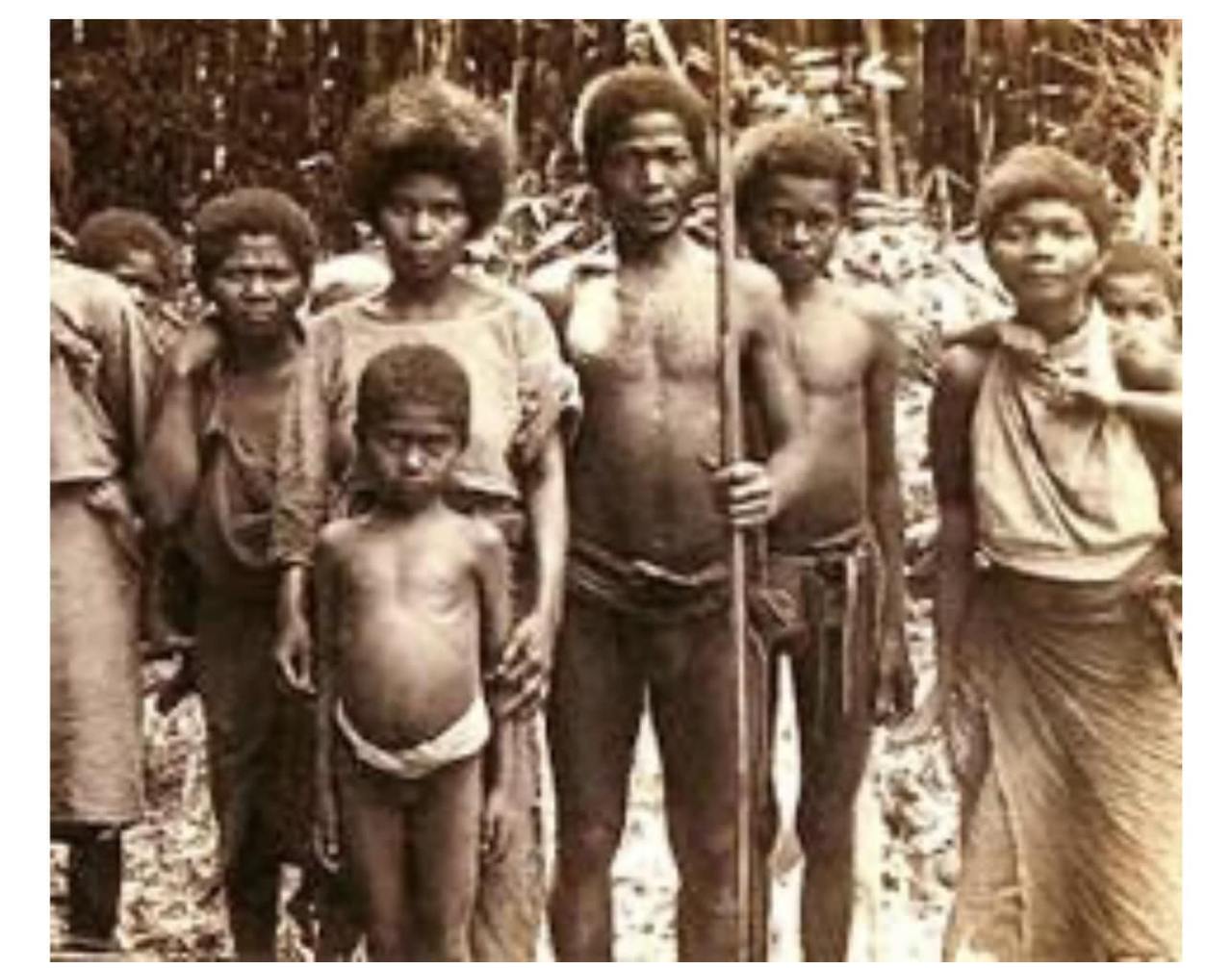
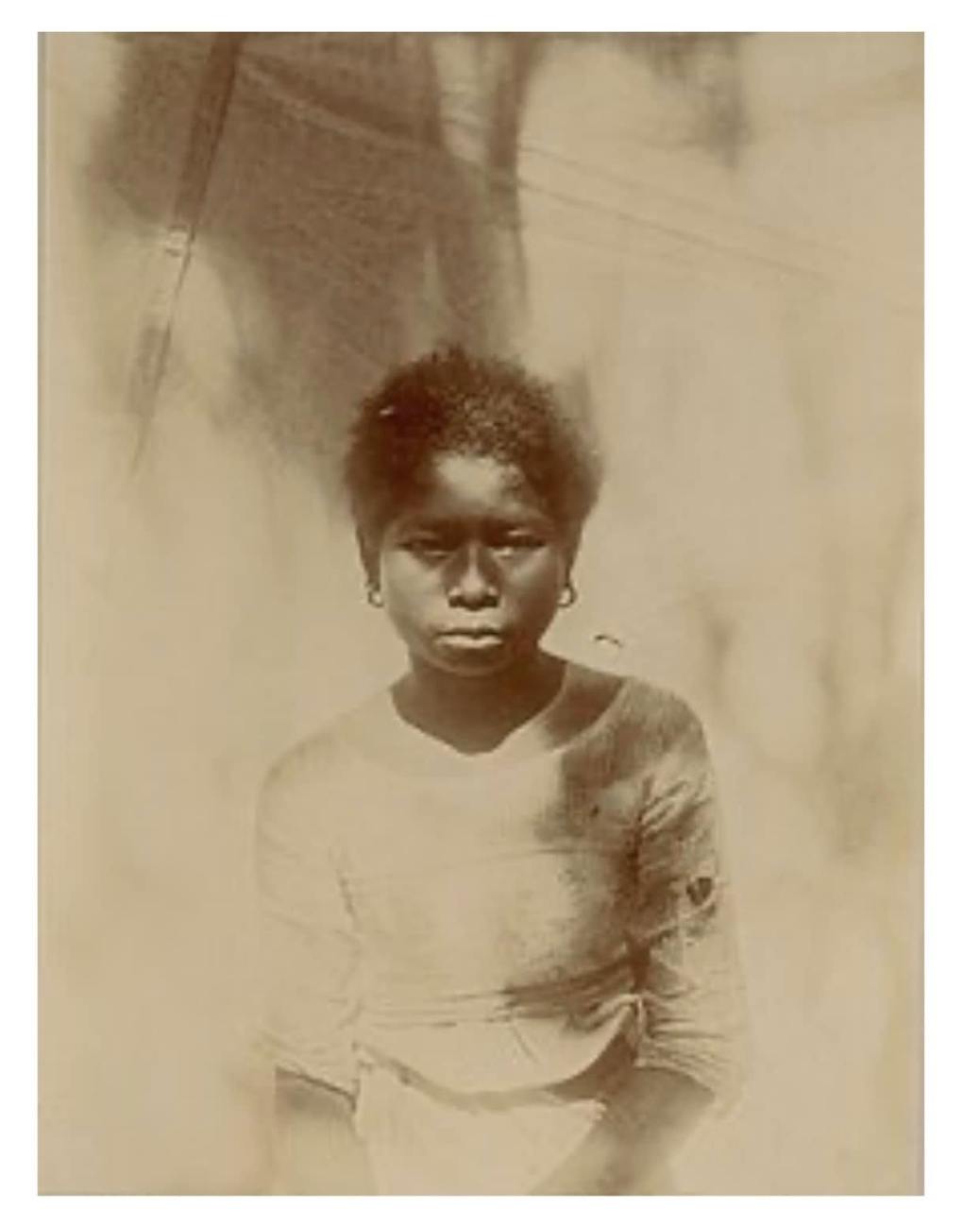
Where to Find the Aeta
Most travelers encounter the Aeta around Mount Pinatubo and Subic Bay. These are the most accessible routes. Pinatubo erupted violently in 1991 and buried entire villages. The Aeta lived on that mountain and many were displaced. Some ended up in government resettlements others went deeper into the hills.
If you start in Subic Bay or Olongapo City you can reach several Aeta communities in Zambales. From there you can arrange a 4×4 trip into the interior. The route takes you past ash plains through rivers and up into jungle ridges where small Aeta villages cling to the landscape.
What to Expect
The Aeta you meet may be barefoot they may be carrying machetes they may be children who look half their age. They speak their own languages sometimes Kapampangan or Tagalog as a second tongue. You will not find uniforms or name tags or interpreters unless you bring one. This is not a cultural show it is real life.
Some Aeta communities welcome visitors especially if you come with someone they trust. You might be offered boiled bananas or rice in a leaf. The older generation may share tobacco or stories. The children will stare at you like you are an alien. Some might show off their slingshots or ask for candy. If you brought crayons or food or medicine you will be remembered.
Do not expect electricity or signal. Do not ask about Wi Fi. This is the part of the country where people still read the wind and know when the water buffalo is angry.
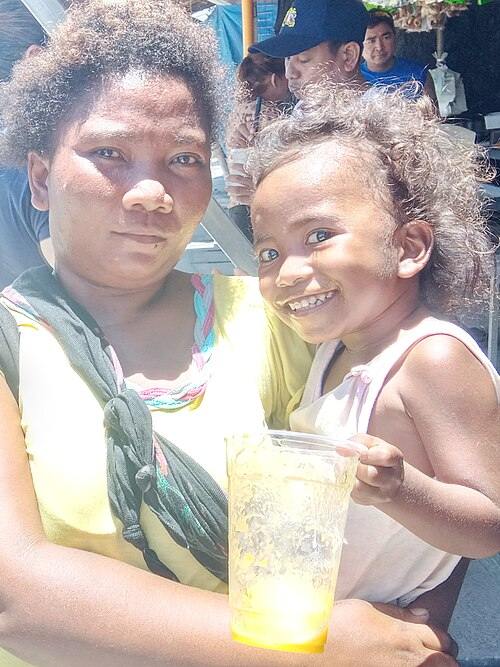
How to Go
Start in Subic Bay or Clark. From there hire a local guide. Not a guy with a polo shirt and clipboard but someone who actually knows the trails. There are a few NGOs and local fixers in Zambales who work directly with Aeta leaders. Ask around in town and avoid anyone offering fake tribal tours.
Get a 4×4 and head toward the villages near San Marcelino or Botolan. Some are only reachable on foot. Bring your own food bring cash bring patience. It is not a quick day trip. It is a journey.
If you are heading to Mount Pinatubo you can join a trek that includes visits to Aeta settlements along the crater trail. The volcano itself is stunning but the villages are what stay with you.
What Not to Do
Do not treat people like a zoo. Do not take photos without asking. Do not hand out money randomly. If you want to help talk to someone from the community or ask your guide what is appropriate.
Do not preach. The Aeta have their own beliefs a mix of animism and practical Christianity. They bury their dead with tobacco and betel nut. They believe in forest spirits and bad omens. You are a guest not a missionary.
Do not bring expectations. Some Aeta communities are warm and curious. Others are tired of being stared at. Some are political some are spiritual some are just trying to grow corn and stay out of trouble.
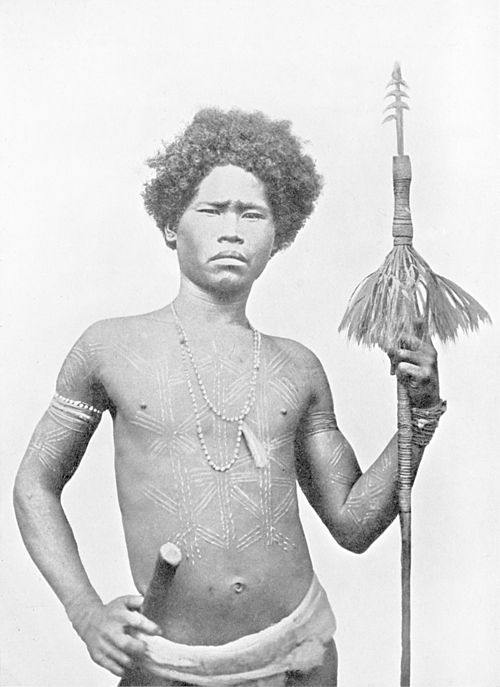
Why the Aeta Matter
The Aeta are not just one of the oldest ethnic groups in the Philippines. They are a living link to a precolonial past most of the world has forgotten. They know the forest the rivers the soil. They know which root cures fever and which one kills. They know how to disappear into the jungle and reappear miles away with game over their shoulders.
They have survived colonialism displacement volcanic eruptions and government neglect. What they have not survived well is assimilation. In the cities they are laughed at. In schools they are bullied. On TV they are invisible.
And while we do not have tours here, we can arrange them.



